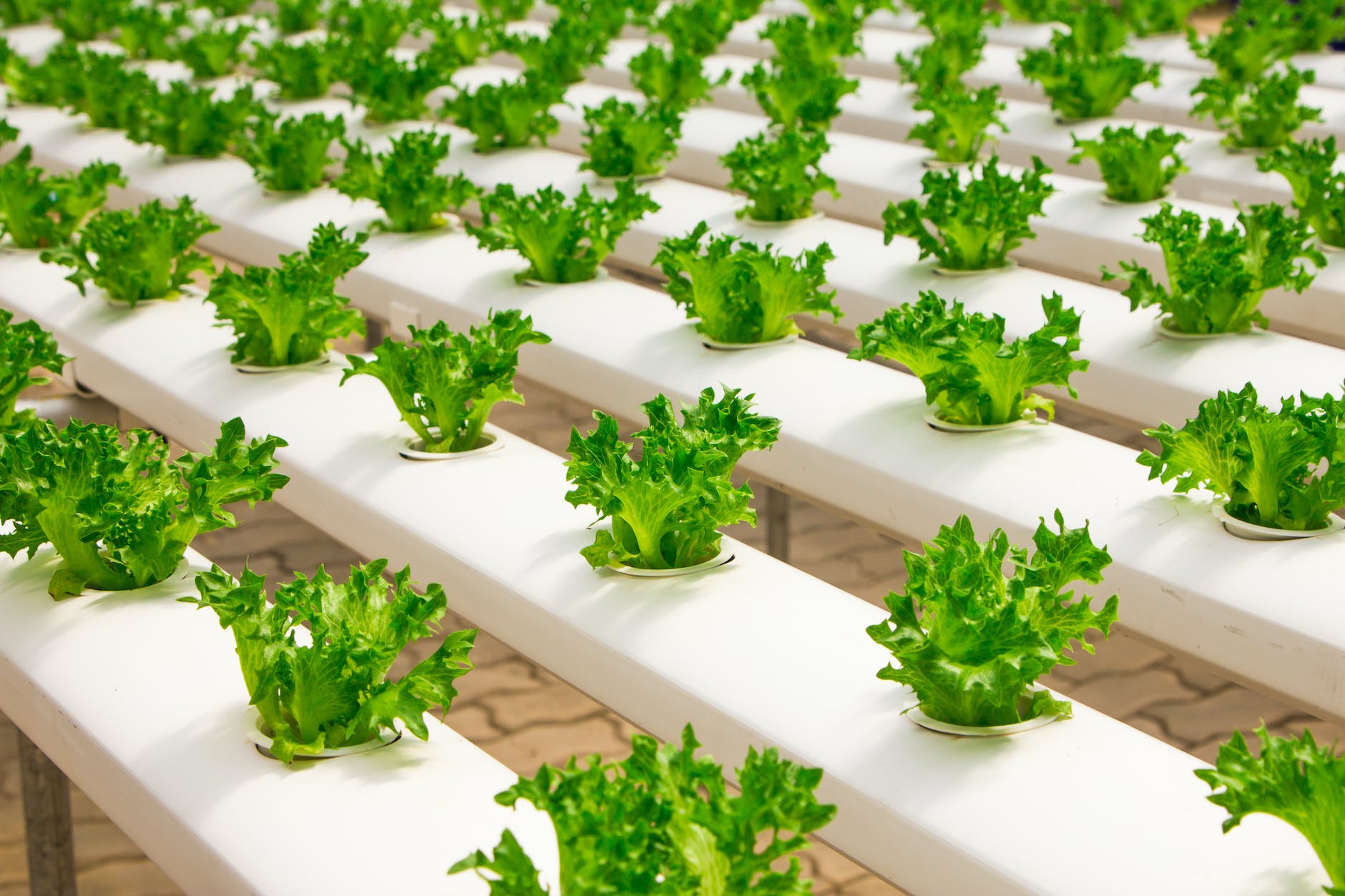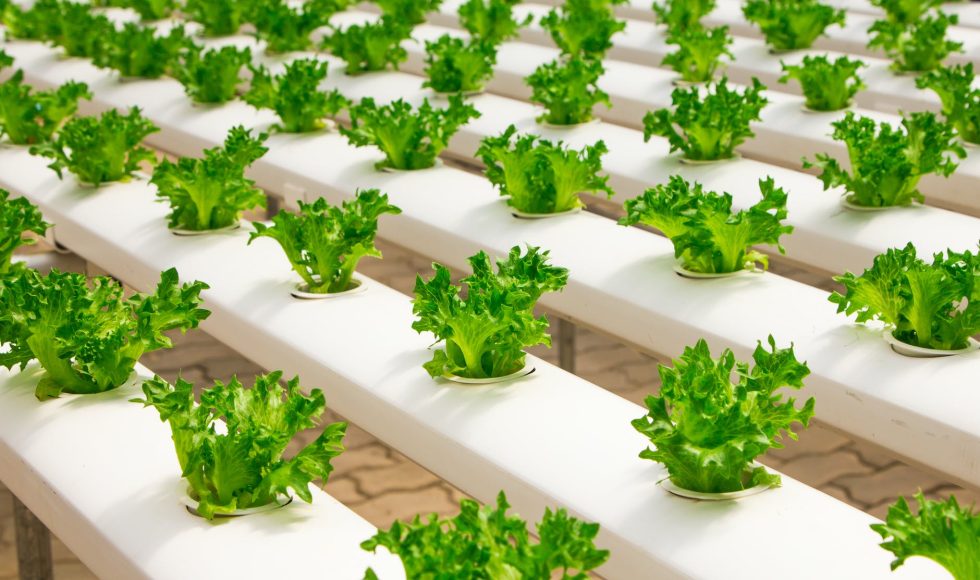Tonight, I watched a recording from the Nanopore Community Meeting 2021 featuring Alexander Wittenberg from KeyGene in the Netherlands. They presented “Accuracy improvements in crop genome assembly using the Q20+ chemistry.” KeyGene is a crop innovation company, and they are generating new tools for genome assembly and structural variant analysis, among other analyses. They built an STL assembler to rapidly perform assemblies. When it comes to reference genomes, accuracy, completeness, contiguity, and cost are critical considerations. With Oxford Nanopore Technologies, data can be generated with information about methylations. For plant genomes, polishing with short-read sequence data has been needed. At KeyGene, they evaluated the R10.3 and R10.4 pore types and QV values of the assemblies. Wittenberg explained that they obtained. They saw raw read accuracies that were below 99.9 and trained new models. They now could obtain Q20 or higher. For lettuce, they obtained 192 Gb passing the filter. The public reference genome had 152,952 contigs… the KeyGene team improved the assembly and, using the STL assembler, obtained only 159 contigs. They moved onto melon and generated two datasets on the R10.3 and 10.4. They also generated duplex reads. The number of contigs with ONT was lower than those obtained with PacBio HiFi (20x). With the R10.4 data, quality improved. The consensus accuracies with ONT were higher than those with PacBio. The team concluded that both raw and consensus accuracies using Q20 chemistry were increased. The duplex reads had QV values between 25-30. The team will continue developing the STL assembler to sequence and assemble more crop genomes. With new assemblers, better chemistry, and high-quality DNA, the team is improving the contiguity of the genome sthey assemble.



